05/03/21
UNIVERSITY HOSPITAL SIGNIFICANTLY IMPROVES PERFORMANCE IN QUALITY, FINANCE AND COMMUNITY ENGAGEMENT
As the country, our state, and the City of Newark slowly begin to emerge from the coronavirus pandemic, University Hospital (UH), the only State hospital in New Jersey, is proud to
announce that it continues to realize significant performance improvement in the areas of hospital quality, patient safety, financial performance and community engagement. These improvements are due to the hard work of the entire University Hospital family, including the implementation of performance improvement measures, new processes and procedures, and a commitment to better serving the Newark community and citizens from across New Jersey.
“Since I arrived at University Hospital in 2019, my top priority has been to restore the faith of our community while working with our Board of Directors and Hospital staff to make significant advances in our financial performance, operational efficiency and our overall quality of care,” said Shereef Elnahal, MD, MBA, President and CEO of University Hospital. “Even as the hospital faced a worldwide pandemic head-on, and our entire UH family rose to the challenge brought by COVID-19, we far exceeded our outcome benchmarks on all of these fronts.”
UH remains committed to the hospital’s performance improvement efforts implemented under the institution’s Strategic Plan. The plan, initially launched in June 2019, focuses on Quality, Safety, and Reliability in an effort to improve the health of the hospital’s patients, elevate the patient experience, reduce the cost of care, and enhance the well-being of the care team. In just a few short years, the Hospital has seen dramatic improvements in processes and procedures, an increase in the quality of care delivered to patients, and the financial performance of Hospital operations.
Compared to 2018, when Governor Murphy issued an Executive Order to insert a Monitor at the Hospital following reports of failing safety and financial metrics, UH has achieved significant improvement in its quality measures across an array of common Hospital Acquired Conditions. UH has improved performance in the reduction of central line-associated bloodstream infection (CLABSI) by 40.3%; catheter-associated urinary tract infection (CAUTI) by 47.1%; C. difficile by 22.6%; and Surgical Site Infection by 86.2%. UH has also improved the efficiency of its care delivery, decreasing Length-of-Stay by 7.3%, and surpassing the Vizient national benchmark of other complex academic medical centers throughout the country. Recently, these and other tangible improvements resulted in an upgrade to UH’s Hospital Safety Grade of “C” from The Leapfrog Group (Spring 2021), returning to this level of performance for the first time since
Spring 2016.
Simultaneously, and without compromising care, the Hospital’s leadership team has keenly focused on operational efficiency, achieving financial improvement and completing over 95% of the measures called for in the November 2018 State Monitor’s Report. Year-to-date, UH has grown its earnings before interest, depreciation and amortization (EBIDA) to over 6%, a measure cited by the Monitor and frequently referenced by rating agencies. Through careful control of expenses and smart capital investments, UH now boasts positive bottom-line results after several years in the negative.
“Hospitals are extremely complex organizations, and we have seen engagement, collaboration, and commitment of every hospital and medical staff member to improve patient safety and quality of care we deliver at UH. Continuously improving our culture of safety is a journey, and UH is committing the time and resources necessary to meet the needs of our patients and the community,” said Dr. William Holubek, Chief Medical Officer, who arrived in April 2020. “We have implemented lean methodologies and scientific problem solving approaches to help us address challenging problems, such as eliminating hospital acquired conditions and improving overall care delivery efficiencies. Encouraging highly reliable behaviors and establishing a structured huddle model throughout the hospital has empowered our staff, nurtured teamwork, and improved communication. The improvements we are making now will be recognized in
publicly reported quality measures moving forward.”
In 2020, in the midst of the pandemic, University Hospital handled 83,122 emergency department visits, 15,572 inpatient admissions and 199,804 outpatient clinic visits. In addition, the Hospital continues to serve as the Regional Collaborator for Northern New Jersey to assist the State in managing the pandemic, along with partner Level I Trauma Centers in Central and Southern New Jersey, at the direction of the Department of Health. The Hospital is also providing clinical oversight at the FEMA Megasite in Newark, and spearheading the State’s mobile vaccination efforts.
In mid-April, UH announced the support of state and local leaders for proposed funding, within Governor Murphy’s Proposed Budget, for planning efforts to define a new University Hospital facility in Newark. The proposed Fiscal Year 2022 Budget contains a specific $500,000 line item for a planning and design study for a new, modern hospital facility that will help the hospital more effectively serve the community, increase quality, and improve the services offered to patients.
“We will never stop our journey to becoming a high reliability organization, and our staff remains dedicated to achieving excellence. As we have for decades, the Hospital remains committed to our obligations to the Greater Newark community and to every patient that we treat from across the State,” concluded Elnahal.
